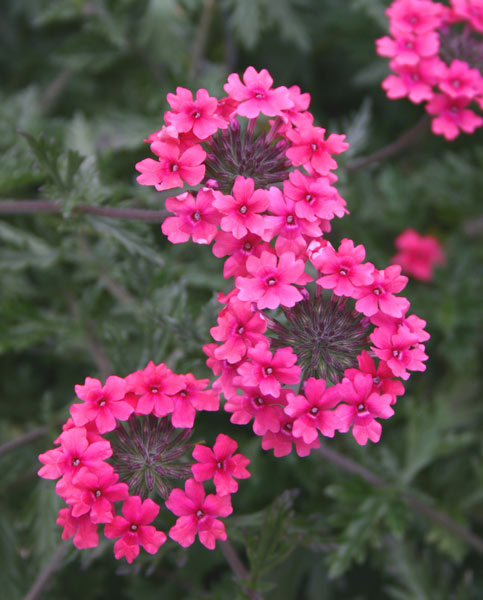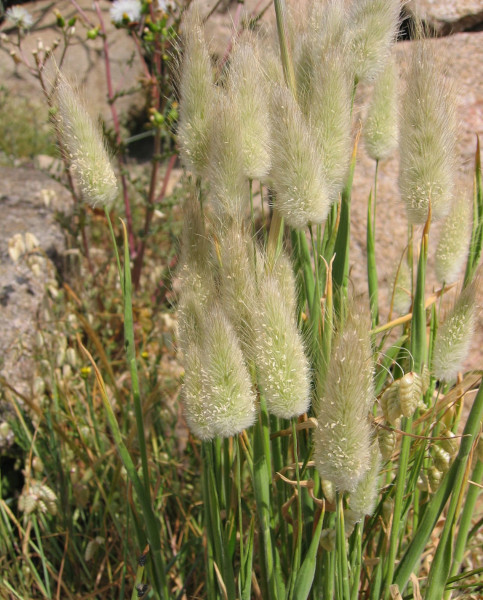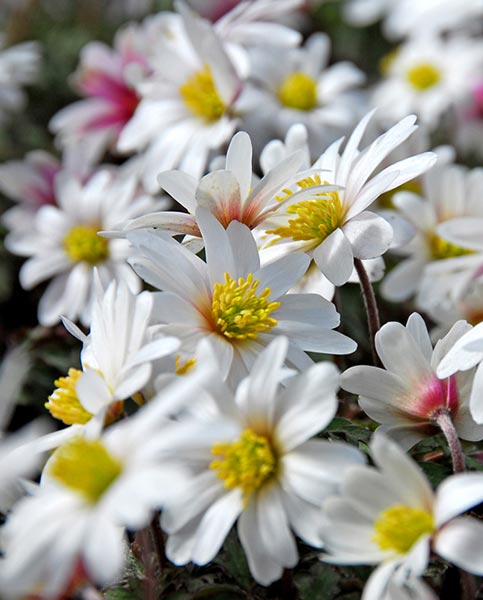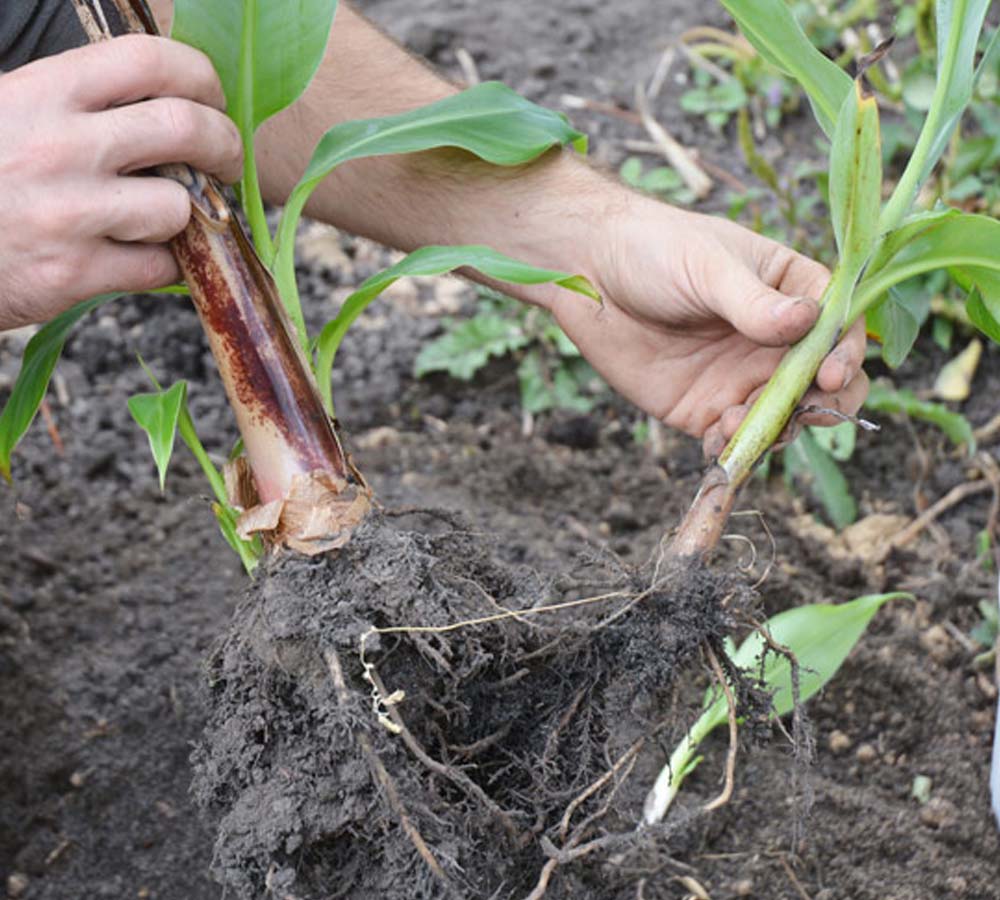How to grow Verbena (annual)
With long-lasting blooms and fast-growing capabilities, annual Verbena are a top choice for gardeners. Ideal for flower beds, borders, edging or hanging baskets, Verbena annuals - also known as Vervain - make great groundcover or trailing plants. Most annuals fall under the cultivar of verbena x hybrida or moss verbena.
Native to Europe, Verbenas often grow in the wild as butterfly habitats. Verbenas fast-growing nature means they can reach full maturity in just a few weeks, growing up to 45cm. With herbal qualities, dark green leaves and incredible flora - in deep blues, whites, lavenders, pinks, reds and bright purples - annual Verbena plants should not be missed!

Key Information
Soil pH

Position

Hardiness


Where & when to plant annual Verbena
The best time to plant your annual Verbena is in the spring, once the last frost has passed. Depending on the species, plant in a position with the right levels of sunlight. For partial shade plants, make sure that they do not experience more than 4 hours of sunlight per day. For full sun, 6-8 hours of sun each day is appropriate. While Verbena annuals can cope with the shade, the volume and vibrancy of the flowers will be reduced.
While well-placed in borders, flower beds and edging, Verbenas can also be grown in hanging baskets and containers as trailing plants.
How to plant annual Verbena
The best time to plant annual Verbena is in April and May when the chances of frost have subsided. They can, of course, be grown from seed although this can be time-consuming with a lower success rate. We recommend starting with young, already established plants, which you grow on at home before planting out
Make sure that your desired spot for planting gives you a gap of 20cm between each Verbena plant. You also need to make sure the area has well-drained soil. If it does not, add a mixture of sand and grit to the soil to encourage drainage - this prevents waterlogging and potential root rot
Dig out small holes in the soil and add each plant to its own hole, then backfill with the excavated soil
Gently firm around the plant with your hands and water in to settle the plant. Water regularly while the plant is establishing.

What to plant with annual Verbena
There are several companion plants that will work well with Verbena annuals. They can be grown in flower beds and borders in front of taller plants. Verbena’s long flowering season means you can brighten up the rest of your border with vibrant and long-lasting perennials. Tall, ornamental grasses such as Lagurus ovatus are a great choice that add height while letting Verbena be the centre of attention. Japanese anemone is another good pick, with pale pink or white daisy-like flowers. Rudbeckia, or Black-eyed Susan, will also add height and sunflower-style flora to your garden alongside Verbena.



How to care for annual Verbena
Pruning & Deadheading
Annual Verbenas require only a little bit of work to keep them long-flowering. You can deadhead bloom clusters as regularly as once a week, this will help encourage more flowers and branches.
Watering
Water Verbena regularly keeping the soil moist. Once established, Verbenas enjoy well-drained to dry soil. Verbenas are acclimated to warmer temperatures and drought although they will struggle with frost. To overcome this, keep the soil relatively dry and do not overwater. Furthermore, Verbenas are also susceptible to root rot, so keeping a consistent watering schedule on dry soil is key.
Cold Protection
Annual Verbena will not survive frosts, which is why they are grown as annuals rather than perennials which re-grow each year.
Pests & Diseases
Verbena has a few pests to look out for. Aphids, spider mites, slugs and snails can cause issues for Verbena, including irregularly shaped holes, sooty mould and slimy silvery trails on leaves. Verbena may also suffer from root rot, as it much prefers warmer climates and dry soil. So, do not water more than once a week - let the soil dry out between watering.
How to propagate annual Verbena
You can propagate annual Verbena via stem cuttings in autumn. Prepare in advance and act quickly; it is important to keep the cuttings moist

Look for side shoots and do not remove any main stems. Find side shoots without flowers on and cut them off with disinfected clean scissors or secateurs - the best cuttings are 10-15cm in size for Verbena

Strip off the lower leaves of each cutting and add to a small pot with cuttings compost in. Adding them to the outside corners of your pot means you can accommodate four cuttings per pot, and each will have stability from the pot rim. Water into the soil and add a plastic covering or polythene bag to create humidity

After a few weeks, remove the plastic covering and re-pot each cutting into larger pots. The following flowering season, plant outdoors in their permanent position.
Common Verbena (annual) Questions
How do you care for Verbena annuals?
Once established, Verbena annuals need watering (or rainwater) only once a week. For longer flowering periods, you can cut back the blooms on a weekly basis to encourage fresh growth.
Does Verbena re-seed itself?
Verbena can re-seed and is more likely to do so in warmer climates. Flowers set seed in autumn so cut back the seedheads to prevent this. However, Verbena’s re-seeding process is not invasive.
Is Verbena a hardy annual?
Depending on the species, Verbena is half-hardy to hardy. It can tolerate warmer climates and drought, but Verbena cultivars that are commonly grown as annuals will struggle in periods of frost or cold.




